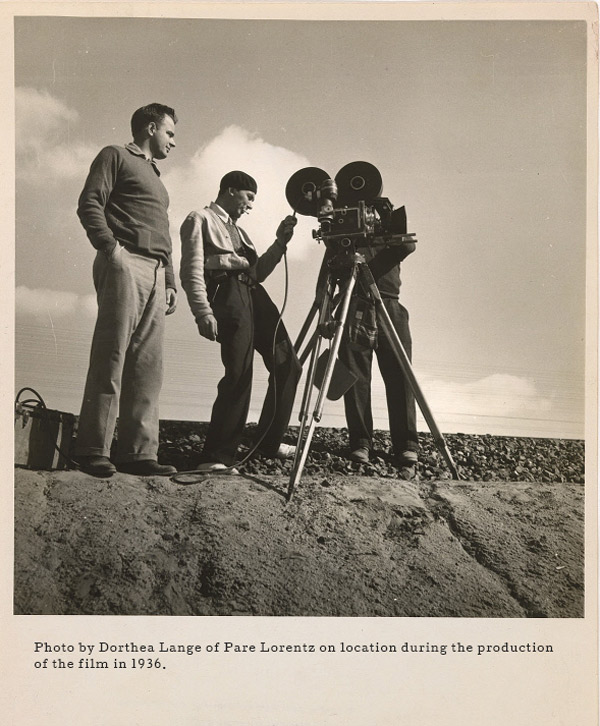This is a short documentary film made in 1936 that shows the impacts of the Dust Bowl. It is one of the most acclaimed of the documentaries of the period, and it is worth watching simply for its artistic qualities ... but the story it tells has special resonance for us because the Okie of Dust Bowl days forms part of America’s imagery of our state. It is an enduring picture that represents Oklahoma.
The film was controversial in many places because of the blame it appears to place on westbound settlers for the ecological crisis that was the Dust Bowl. Things haven't changed much since then; Americans in many parts of the country are still resistant to accepting responsibility for the environmental damage they leave behind.
The film was produced by the United States Resettlement Administration, one of the many new federal agencies created as part of the New Deal. The Director of the film, Pare Lorentz, became one Franklin Roosevelt's favorite documentarians and he was commissioned to do additional films for the federal government.
The music for the film was composed by Virgil Thomson, one of America's most celebrated and influential composers.
The Dust Bowl occurred during the Great Depression of the 1930's. The misery of the Depression was shared in Tulsa and throughout the state, of course, and in this sense the Dust Bowl gives an enduring face to the economic sufferings of the period.

Prof. Rodger A. Randle



